What is Mustard and Why Should You Care?
Mustard is a versatile condiment that serves as both a flavor enhancer and culinary tool. With over 2,000 years of history, mustard has evolved from a simple seed paste to a sophisticated ingredient used in cuisines worldwide. This guide explains exactly what you need to know about mustard types, uses, and selection criteria to make informed choices for your kitchen.
Understanding Mustard Varieties: Key Differences and Best Uses
Each mustard type has distinct characteristics that make it suitable for specific culinary applications. Here's how to choose the right mustard for your needs:
1. Yellow Mustard
The most common American-style mustard made from yellow mustard seeds, distilled vinegar, turmeric, and salt. Its mild tangy flavor and bright color make it ideal for hot dogs, burgers, and simple sandwiches. Best for those who prefer a gentle mustard flavor without overpowering heat.
| Key Features | Best Applications |
|---|---|
| Mild flavor (1-2 on Scoville scale) | Classic hot dogs, burgers, deli sandwiches |
| High vinegar content (preserves freshness) | Marinades for chicken and pork |
| Contains turmeric for color | Salad dressings where bright color is desired |
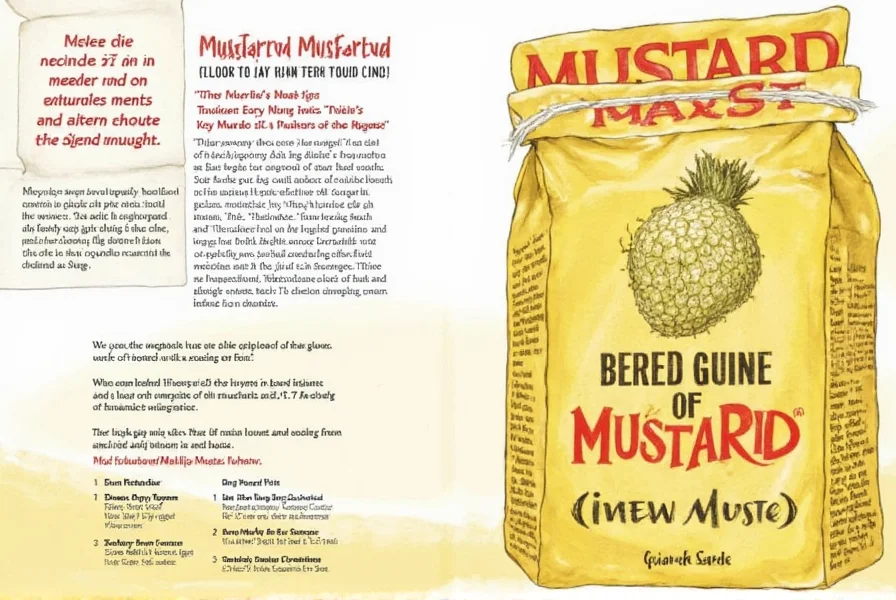
2. Dijon Mustard
Originating from Dijon, France, this variety uses brown or black mustard seeds, white wine, and vinegar. Its complex flavor profile makes it perfect for gourmet cooking and sauces. Dijon contains 10-20% more mustard seed than yellow mustard, resulting in stronger flavor and heat.
| Key Features | Best Applications |
|---|---|
| Higher seed content (15-25%) | Vinaigrettes, pan sauces, meat glazes |
| White wine base (adds complexity) | Marinades for steak and fish |
| Higher acidity (pH 3.0-3.5) | Emulsifying sauces like aioli |
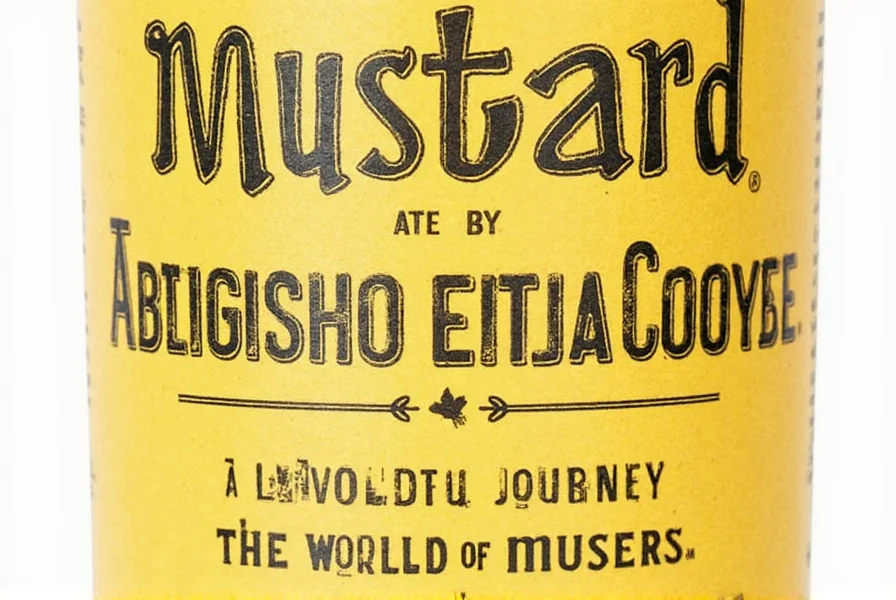
3. Whole Grain Mustard
Features coarsely ground mustard seeds suspended in a smooth base. This texture provides a unique mouthfeel and bursts of flavor. Whole grain mustard typically contains 25-30% whole seeds, making it ideal for dishes where texture matters.
| Key Features | Best Applications |
|---|---|
| 25-30% whole mustard seeds | Charcuterie boards, roasted vegetables |
| Complex flavor profile | Meat rubs and barbecue sauces |
| Longer shelf life due to seed content | Salad dressings with texture |
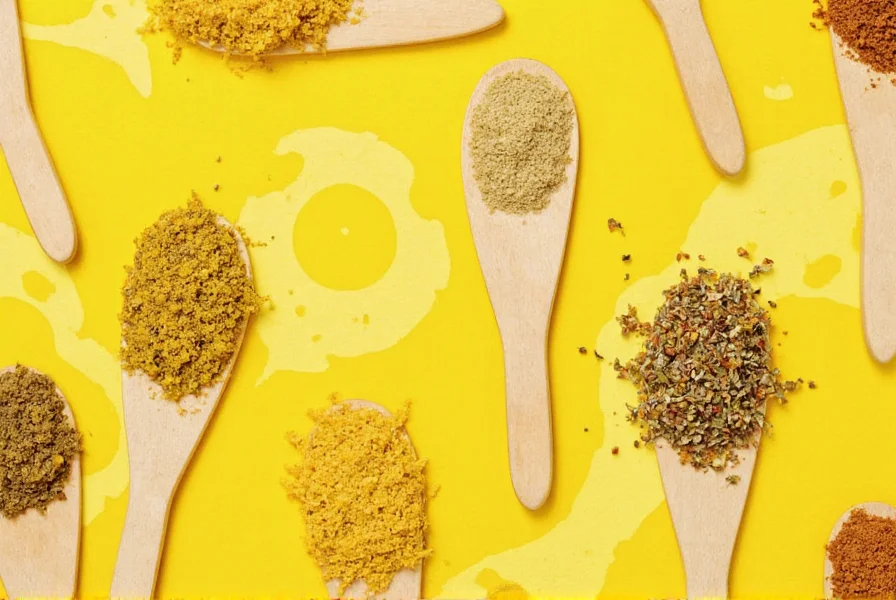
4. Honey Mustard
A sweet and tangy blend of mustard and honey, typically containing 10-15% honey by volume. This variety balances the sharpness of mustard with natural sweetness, making it versatile for both savory and sweet applications.
| Key Features | Best Applications |
|---|---|
| 10-15% honey content | Chicken wings, roasted carrots, glazes |
| Lower acidity (pH 3.8-4.2) | Dipping sauces for vegetables and fries |
| Smooth texture | Salad dressings and sandwich spreads |
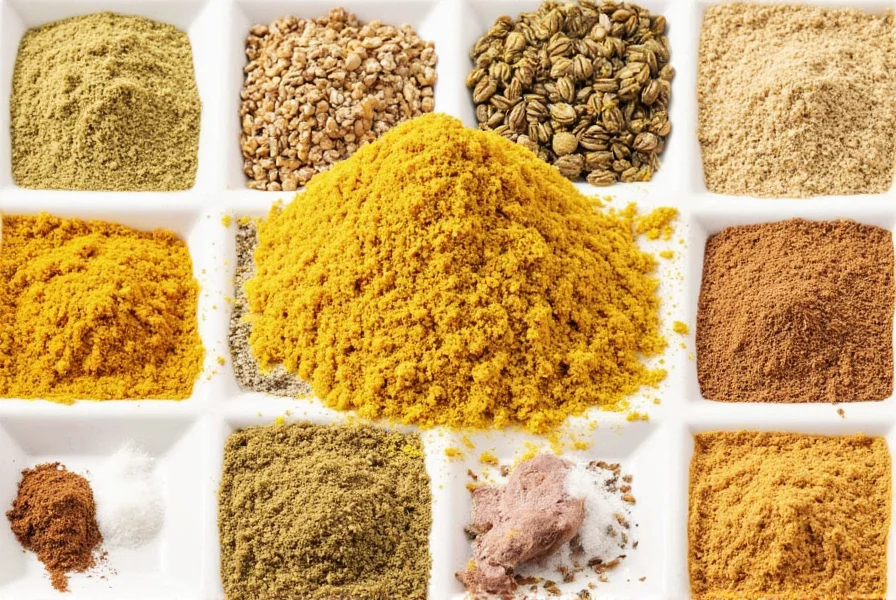
5. Spicy Mustard
Contains added heat sources like cayenne pepper, chili flakes, or horseradish. Spicy mustards typically range from 5-10 on the Scoville scale, providing significant heat without overwhelming flavor.
| Key Features | Best Applications |
|---|---|
| 5-10 Scoville units | Hot dogs, sausages, meat sandwiches |
| Added chili peppers or horseradish | Marinades for grilled meats |
| Higher mustard seed content (20-25%) | Spicy dips and sauces |
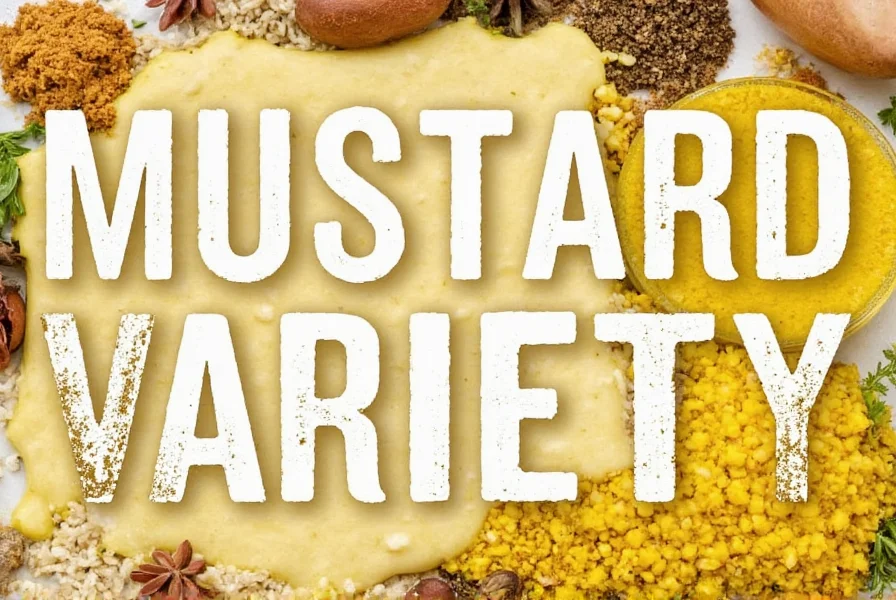
Expert Mustard Usage Tips for Every Kitchen
Professional chefs and food scientists recommend these evidence-based mustard usage techniques:
1. Using Mustard as a Marinade
Mustard's emulsifying properties make it perfect for marinades. The acid in mustard helps tenderize proteins while the seeds provide texture. For best results:
- Use Dijon or whole grain mustard for meat marinades (1-2 tablespoons per pound of meat)
- Combine with olive oil, garlic, and herbs for a complete marinade
- Marinate for 30 minutes to 2 hours (longer marination can make meat tough)
2. Enhancing Salad Dressings
Mustard acts as an emulsifier in vinaigrettes, preventing oil and vinegar from separating. For optimal results:
- Use 1 teaspoon of Dijon mustard per 3 tablespoons of oil
- Whisk mustard with vinegar first before adding oil
- For creamier dressings, add a tablespoon of mayonnaise to the mustard-vinegar mixture
3. Perfect Sandwich Applications
Mustard can transform a simple sandwich into something extraordinary. Food scientists recommend:
- For deli sandwiches: Use yellow mustard for classic flavor, Dijon for gourmet sandwiches
- For hot dogs: Yellow mustard is traditional, but spicy mustard adds complexity
- For burgers: Mix equal parts mayonnaise and Dijon mustard for a creamy, flavorful spread
4. Cheese Pairing Guide
Mustard enhances cheese flavors through complementary acidity and texture. Professional pairing recommendations:
- Cheddar: Whole grain mustard (the texture complements the cheese's crumbliness)
- Gouda: Honey mustard (sweetness balances the cheese's nuttiness)
- Blue cheese: Dijon mustard (sharpness cuts through the cheese's richness)
How to Choose the Right Mustard: A Science-Based Guide
When selecting mustard, consider these key factors based on food science research:
Ingredient Quality
High-quality mustard contains:
- Mustard seeds (yellow, brown, or black) as the primary ingredient
- Vinegar or wine for acidity
- Minimal additives (avoid artificial colors or preservatives)
Flavor Profile Selection
Choose based on your culinary needs:
- Mild: Yellow mustard (ideal for children or those new to mustard)
- Moderate: Dijon (versatile for most savory applications)
- Strong: Whole grain or spicy (for bold flavor profiles)
Texture Considerations
Texture affects both flavor release and culinary applications:
- Smooth: Best for dressings and sauces where texture isn't desired
- Coarse: Adds texture to sandwiches and charcuterie boards
- Whole seed: Provides bursts of flavor in meat rubs and marinades
| Product | Key Ingredients | Best For | Price Range |
|---|---|---|---|
| French's Yellow Mustard | Yellow mustard seeds, distilled vinegar, turmeric, salt | Classic hot dogs, burgers, sandwiches | $1.50-$3.00 |
| Grey Poupon Dijon Mustard | Brown mustard seeds, white wine, vinegar, salt | Vinaigrettes, gourmet sauces, meat glazes | $3.50-$5.00 |
| Stone Street Whole Grain Mustard | Whole mustard seeds, vinegar, honey, spices | Charcuterie boards, roasted vegetables, meat rubs | $4.00-$6.00 |
| Kraft Honey Mustard | Yellow mustard seeds, honey, vinegar, sugar | Chicken wings, dipping sauces, salad dressings | $2.00-$3.50 |
| Maille Old Style Dijon Mustard | Brown mustard seeds, white wine, vinegar, salt | Steak sauces, gourmet cooking, specialty dishes | $5.00-$7.00 |
For everyday use, yellow mustard offers the best value. For gourmet cooking, invest in high-quality Dijon or whole grain varieties. Always check expiration dates - mustard typically maintains peak quality for 12-18 months unopened and 6-8 months after opening when refrigerated.
Why Mustard is Essential in Every Kitchen
Mustard is far more than a simple condiment. Its unique chemical properties make it an invaluable tool in the kitchen:
- Acts as a natural emulsifier for sauces and dressings
- Enhances flavors without overpowering other ingredients
- Provides acidity to balance rich dishes
- Offers health benefits through antioxidants in mustard seeds
Whether you're a home cook or professional chef, understanding mustard varieties and applications can transform your cooking. Experiment with different types to discover new flavor combinations and elevate your dishes from ordinary to extraordinary.
Mustard FAQ: Science-Based Answers to Common Questions
What's the main difference between Dijon and yellow mustard?
Dijon mustard uses brown or black mustard seeds with white wine, creating a sharper, more complex flavor profile. Yellow mustard uses yellow mustard seeds with distilled vinegar and turmeric, resulting in a milder, brighter flavor. Dijon typically contains 15-25% mustard seed content versus 10-15% in yellow mustard, making it significantly stronger in flavor and heat.
How long does mustard stay fresh after opening?
Most mustards maintain peak quality for 6-8 months refrigerated after opening. Yellow mustard typically lasts longest (up to 12 months) due to its high vinegar content. Dijon and honey mustard should be used within 6 months for optimal flavor. Always check for off smells, mold, or separation before use. Proper storage in a cool, dark place extends shelf life.
Can mustard be used in sweet recipes?
Yes, mustard enhances sweet recipes through its balancing acidity. Honey mustard works well in glazes for ham or roasted carrots. Even traditional mustard varieties can add complexity to baked goods like honey-mustard pretzels. Food scientists recommend starting with small amounts (1/2 teaspoon per cup of ingredients) to balance sweetness with mustard's natural tang without overpowering the dish.
Why does mustard clean tarnished silver?
Mustard's acidity (from vinegar or wine) reacts with silver sulfide tarnish. The salt content in mustard helps break down the tarnish layer. For cleaning, spread a thin layer of yellow mustard on tarnished areas, let sit 5-10 minutes, then gently rub with a soft cloth. Rinse thoroughly with water. This method works best for light tarnish on flatware but isn't recommended for antique or valuable silver pieces.
Is mustard gluten-free?
Pure mustard made from seeds, vinegar, water, and spices is naturally gluten-free. However, some brands use wheat-based vinegar or process in facilities with gluten-containing products. Always check labels for "gluten-free" certification if you have sensitivities. Dijon mustard may contain trace gluten from wine production, so those with severe gluten intolerance should choose certified gluten-free options.

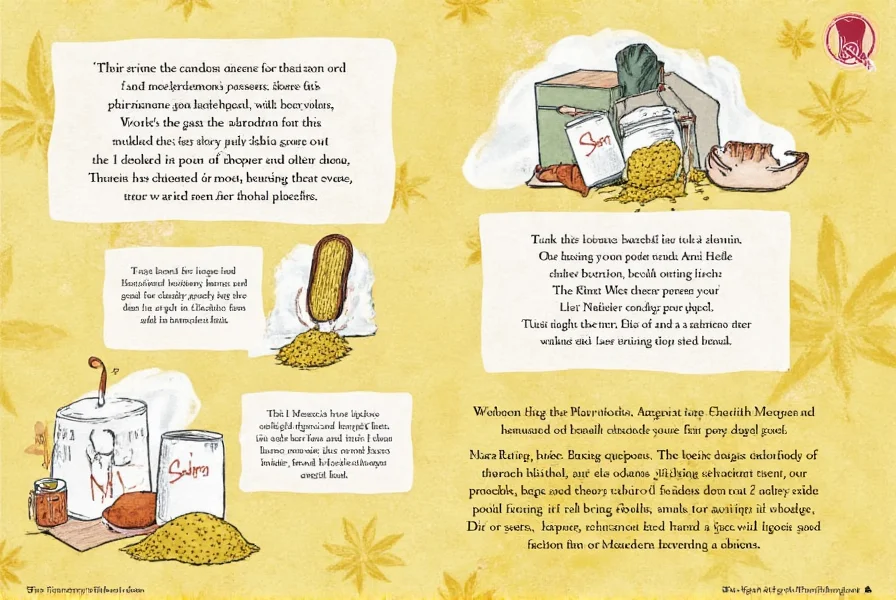









 浙公网安备
33010002000092号
浙公网安备
33010002000092号 浙B2-20120091-4
浙B2-20120091-4